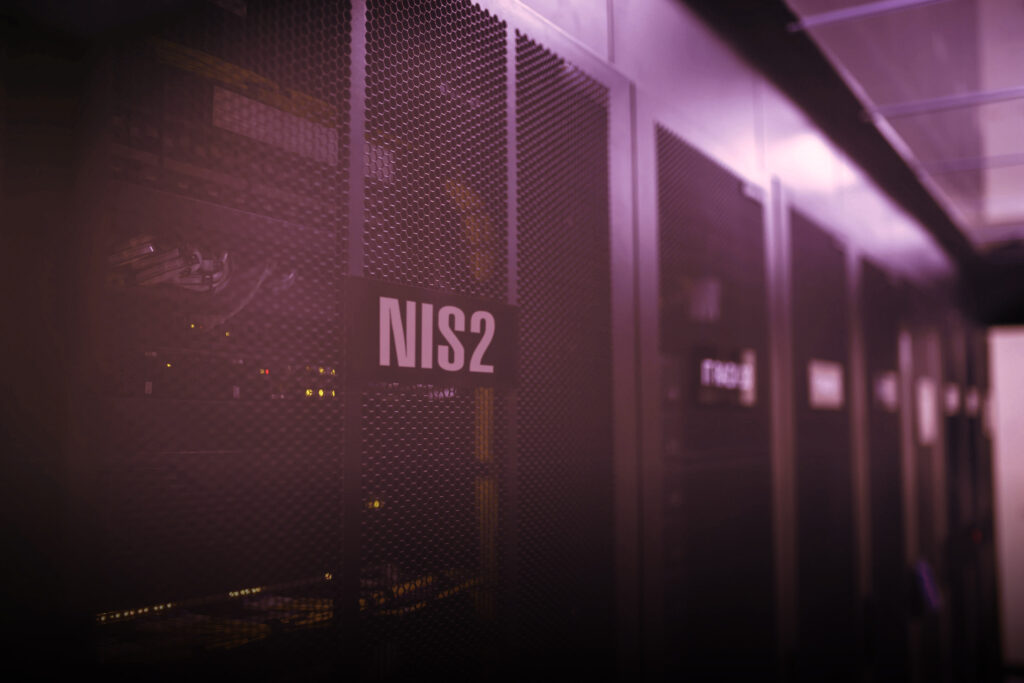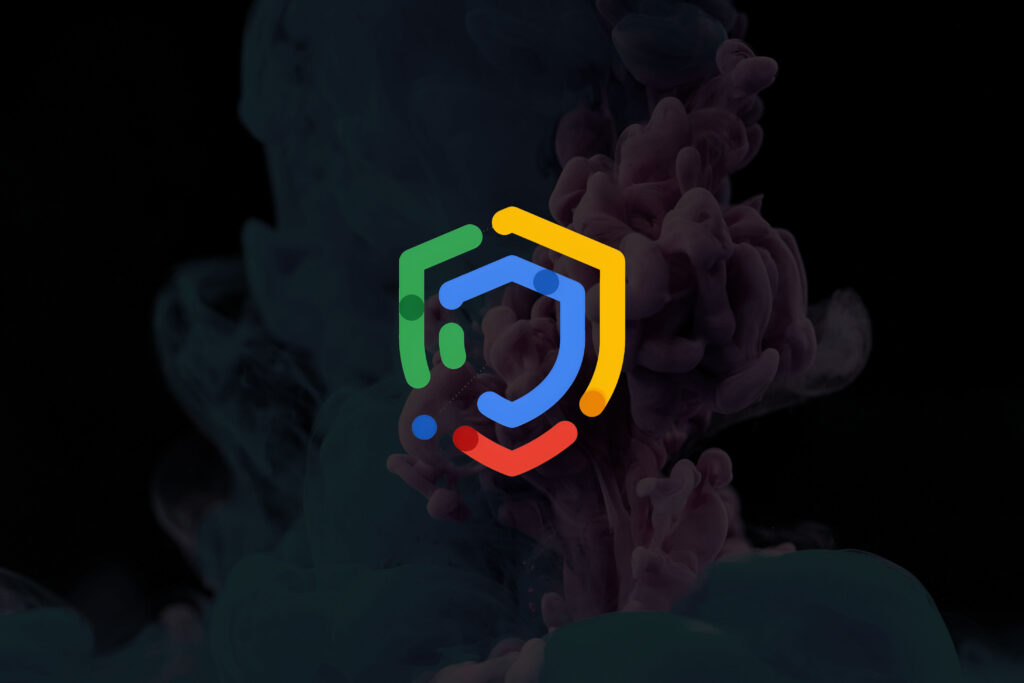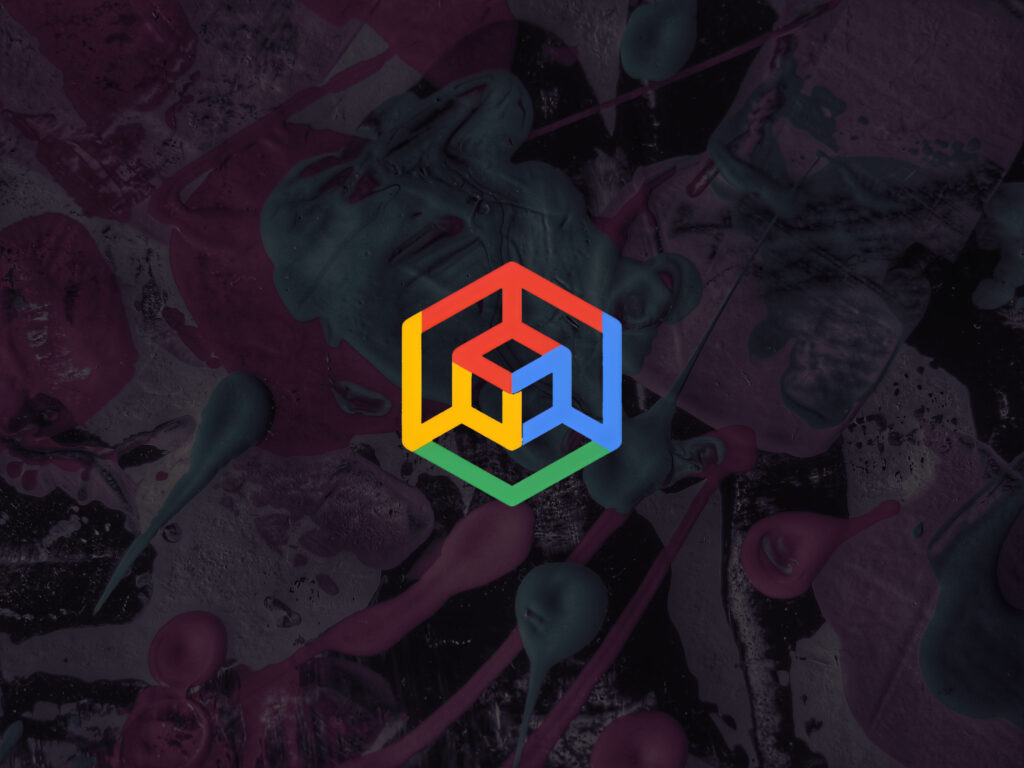Low-code and no-code platforms are quickly gaining in popularity these last few years, because they allow you to create applications with little to no coding knowledge. Unfortunately, this means that people sometimes think they lack the performance of traditional applications.
Google wants to promote innovation and digital transformation by emphasising ease of use, so these platforms fit right in. At the beginning of 2020, Google acquired AppSheet, a no-code development platform. In this two-part series, we’ll show some examples of how our competence centres leverage the power of this new technology.
In today’s case, we will look at how Formica has optimised and integrated their core business processes by using AppSheet, while replacing three expensive applications. They were convinced about the power of AppSheet for their customers, so Formica started thinking about their own application landscape, with some significant results. Read on to find out more about how they tackled this project!
Low-code and no-code: what’s the difference?
Low-code and no-code platforms like AppSheet are based on the idea that development should be accessible to more people. These platforms don’t require extensive coding skills, which makes development not only more accessible but also quicker and therefore cheaper.
No-code platforms like AppSheet don’t require any coding knowledge at all, and generally use a drag-and-drop system to build applications. Low-code platforms, on the other hand, still require some basic knowledge about coding principles to get started with. For example, they will often include elements of scripting.
The challenge
Formica was founded as a part of the Cronos Group four years ago. They design, create and maintain digital solutions on three fronts: Digital Experience Platforms (DXPs), digital process automation, and search insights and analytics. They have used parts of the Google ecosystem from the start: Google Cloud applications like App Engine and Cloud Run power both their frontend and backend.
Formica’s background in application development quickly made them notice AppSheet after Google’s acquisition, so they started looking into how it could help to develop digital solutions for their customers. While researching, Formica realised the potential of AppSheet for their own core business as well.
As Formica grew and turned into a scale-up, they purchased three separate, expensive SaaS solutions. These included Salesforce as a Customer Relationship Management (CRM) platform, Recruitee as an Applicant Tracking System (ATS), and Float as a resource management and planning platform. They noticed AppSheet would let them reduce those licensing costs while improving the user experience and integration between tools.
The solution
Formica started their internal research project with well-defined expectations. The solution should not take long to develop, reduce overall licensing costs, have the same core functionalities, and offer a consistent look and feel across its three applications. The project ended up succeeding on all fronts, and more.
Development took just three months, with one person developing each application. They offer the functionalities of the previous SaaS solutions that Formica actually used, but with a consistent look and feel. This means that end users no longer have to learn three different user interfaces and modes of navigation. By keeping the applications separate, Formica can still set specific user access rights.
Thanks to AppSheet, we managed significantly lower operational costs in just a month’s time by replacing three expensive licences with one integrated solution.
The applications use a unified data model based on Google Sheets. While Sheets is more than sufficient for Formica today, they could quickly connect AppSheet to Google’s BigQuery database to make it an exceptionally scalable solution. The unified platform lets the applications communicate seamlessly. For example, if a prospect from the CRM app becomes a customer, the app automatically sends all relevant data to the project and resource planning app. This saves their employees a lot of time and lowers the error rate, since they no longer have to transfer data from one SaaS application to the other by hand.
Last but not least: the solution is a lot cheaper. Formica uses AppSheet Core, which costs less than any of the three previous licences by itself. The licensing cost for SaaS applications varies, especially for large enterprises, but AppSheet will definitely lead to opportunities for some significant cost savings.
AppSheet as innovation incubator and business accelerator
While their current solution already works wonders for Formica, it has also inspired them. The drastically reduced development time means that as soon as a need arises, applications can be up and running in a matter of weeks or even days. That makes it feasible to develop applications with a single or limited-time use like an event visitor registration tool. It can also serve as a demo tool for prospects to visualise an initial version of their ideas.
Besides a demo tool, AppSheet can also be an incubator and a catalyst for innovation. Applications can not only be developed quickly, but also by business employees. Custom development projects tend to prioritise profits and efficiency because of their cost. No-coding platforms like AppSheet, on the other hand, let companies try out innovative ideas that otherwise would get pushed down the list of priorities. More employees can develop custom solutions, without the complexity of traditional development. That’s why Formica likes to call AppSheet their business accelerator!
Have you taken a critical look at your application landscape yet? Are you wondering about the possibilities of automation and AppSheet? Contact us, and our experts will be more than happy to help you out.





